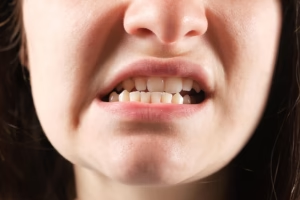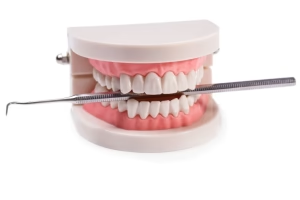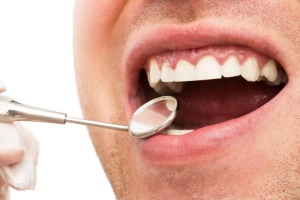What Is Hypocalcification and What Are Its Main Causes?
28 January 2022 | Updated: 9 October 2025

If you’ve ever noticed white, brown or yellow stains on your teeth and opaqueness on the tooth enamel, you could have a case of hypocalcification. The enamel is the topmost layer of the teeth, right on top of the dentin, and its function is to protect the layers underneath.
Hypocalcification is a condition of low calcium levels in the teeth’ enamel. Calcium phosphate and hydroxyapatite are the chemicals that contain the calcium needed to protect the tooth enamel and give it strength. A low concentration of these chemicals puts your teeth at a greater risk of decay, making them more susceptible to cavities and erosion. Sensitivity to hot and cold foods and beverages can also be noticed.
In this article, we’ll explain what hypocalcification is and explore its main causes.
What Causes Hypocalcification?
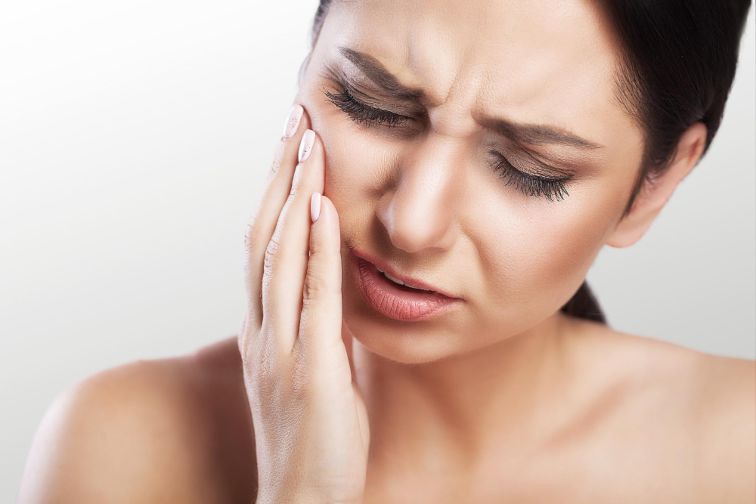
Hypocalcification occurs when tooth enamel doesn’t develop properly, and several factors can contribute to this condition.
Genetic Condition
Amelogenesis imperfect is a genetic condition that can cause hypocalcification. It affects the teeth causing weakened enamel due it not developing normally in primary or adult teeth. The cells accountable for the discharge of enamel protein during tooth growth are called ameloblasts. Amelogenesis imperfecta causes a lack of ameloblasts, impeding healthy enamel formation. The enamel that develops is very soft and wears away easily, and in the worst case, only a thin layer of enamel develops on top of the dentin.
Acid Problems
Some foods and drinks that contain acids as well as mouth bacteria that produce acid, also known as plaque, can break the enamel’s calcium down. This process is known as demineralization and can be the first stage of getting cavities. When calcium is lost, the teeth start to develop discoloured spots due to the structure of the enamel changing. Tooth enamel with lower calcium is more porous and chalkier compared to healthy enamel. If left untreated, the calcium breaks down further and can cause permanent tooth damage and cavities.
Hypoplasia vs Hypocalcification
Hypoplasia is a condition with similar symptoms to hypocalcification, as they both affect the tooth enamel and make it weaker. Hypoplasia causes the enamel to be hard but thin and deficient in quantity. Causes of hypoplasia are usually genetics but can also be caused by exposure to certain substances, and even trauma to the teeth or jaw. Hypocalcification is caused by the lack of calcium in the enamel and makes the enamel brittle and soft.
Hypocalcification Treatment
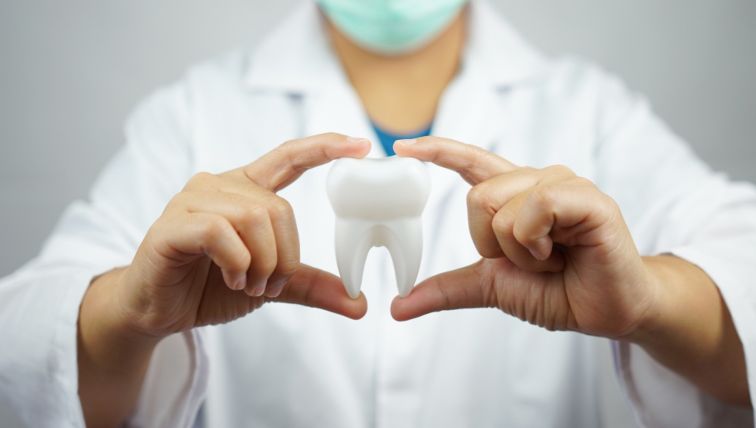
Hypocalcification treatment should be done as soon as the first symptoms are noticed, to prevent tooth decay and permanent damage to the teeth. The specific treatment that will be done depends on the severity of your case.
If hypo calcification is noticed early on, the dentist may recommend maintaining good oral hygiene routines and to avoid the consumption of acidic and sugary foods that cause enamel to wear. The dentist may also recommend a certain type of toothpaste that contains minerals that help hypo calcification. If the only symptom is blemishing that affects the cosmetic look of the teeth, your dentist may recommend tooth whitening. If the discolouration is severe enough, a dental filling may be needed in affected areas.
Hypocalcification caused by Amelogenesis imperfect can’t be fully treated as it is a genetic disease. In this case, the dentist may recommend crowns or specific dentures to wrap around the affected teeth.
Hypocalcification and decalcification of teeth are often confused due to their similar symptoms, but only a professional dental examination can provide an accurate diagnosis. When enamel damage caused by hypocalcification is detected early, it can help prevent more serious dental problems from developing.
If you notice persistent white or discoloured spots on your teeth that don’t disappear after brushing, schedule an appointment with MGA Dental. Our experienced dentists can assess your condition and recommend the most effective treatment to restore your enamel health.




